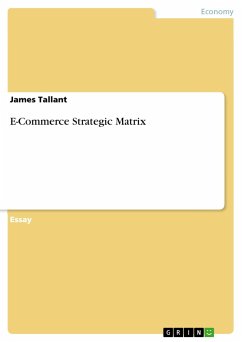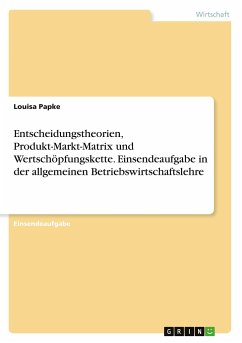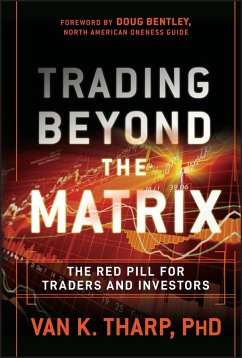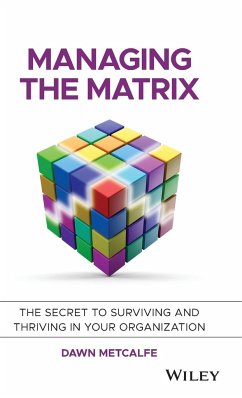
E-Commerce Strategic Matrix
Versandkostenfrei!
Versandfertig in 1-2 Wochen
17,95 €
inkl. MwSt.

PAYBACK Punkte
0 °P sammeln!
Essay from the year 2010 in the subject Business economics - Supply, Production, Logistics, grade: 85.00, University of Phoenix, course: Supply Chain Management Online, language: English, abstract: Various types of organizations use e-commerce as part of their business strategy. Depending upon the type of industry and the prospective customer base identifies the appropriate e-commerce model. In the do-it-yourself home improvement retail market, organizations like Ace Hardware, Home Depot, and Lowe's use various forms of e-business commerce. The two e-commerce models to be reviewed in this pape...
Essay from the year 2010 in the subject Business economics - Supply, Production, Logistics, grade: 85.00, University of Phoenix, course: Supply Chain Management Online, language: English, abstract: Various types of organizations use e-commerce as part of their business strategy. Depending upon the type of industry and the prospective customer base identifies the appropriate e-commerce model. In the do-it-yourself home improvement retail market, organizations like Ace Hardware, Home Depot, and Lowe's use various forms of e-business commerce. The two e-commerce models to be reviewed in this paper are the business-to-business (B2B) model and the business-to-consumer (B2C) model. However, any e-business model relates to the flow of information and processes among enterprises and their underlying Enterprise Information System (EIS). E-businesses purpose is to facilitate supply, distribution, and customer information exchange, coordination and collaboration between multiple trading partners. In this paper, I will compare and contrast B2B and B2C e-commerce elements within the retail do-it-yourself home improvement market. Among the elements to be compared are cost, consumer exposure, customer service, differences in website structure, access rights, audience, and security












